 “No thanks, it’s not really my sort of thing” I said on the phone a few times to Emma, “but if no-one steps forward I’ll do it”.
“No thanks, it’s not really my sort of thing” I said on the phone a few times to Emma, “but if no-one steps forward I’ll do it”.
Emma was organising the Judges for 2016’s Quality in Care (QiC) Diabetes Awards and was seeking to get a non health care professional (HCP) person on each of the three award judging teams.
No-one else stepped forward.
“Damn it” I thought, never wanting to backtrack on a promise.
QiC Diabetes Awards: a bit of background
The QiC Diabetes Awards is a programme designed to award some of the very best projects, initiatives, people and groups within the UK Diabetes arena. 2016 sees it celebrate its sixth year.
This year they were 11 categories, 8 of which were for projects and 3 were for people. See the list here.
Many of the winners and finalists from previous years are featured on the QiC Case Studies page for others to view and learn from, maybe taking on the initiative/project or adapting it to suit their organisation.
What the judges do
This year the judges were responsible for just 7 of the project categories and these are split across three judging teams.
Bob Swindell, Andy Broomhead and I were the non-HCP people and we each took our place on the teams which were chaired by Simon O’Neill (Diabetes UK), Dr Paru King (Derby Hospitals) and Dr Sheridan Waldron (Children and Young People’s National Diabetes Network) respectively.
Each team had to decide on the winners, finalists and commendations for each category.
My team had two categories to review – of course I’m not going to let on which ones.
After all the applications are finalised they are sent by email to each judge who then reads (and re-reads in my case) each application scoring each section against a defined set of criteria. We received them on 14th June 2016.
You have about a month to do this before the results grids are sent back to the organiser, who collates everything ahead of Judging Day. We had to send ours back by 11th July 2016.
After Judging Day you sit back, relax, and look forward to attending the QiC Diabetes Awards evening which you automatically get an invite to.
Paperwork, paperwork
I was sent an email with all the applications for my team’s two categories, 25 applications.
“Well, this won’t take long” I thought, incorrectly.
25 applications, most of which had 10 sides of A4. I don’t think I was prepared for the amount of paperwork I had to read through, and as someone who doesn’t really read it was all a bit of a shock to the system.
It’s 2016, why did I agree to be a judge this year?
If I’d really thought this through I never would have agreed to be a judge this year, another year maybe, but not this year.
June 2016 saw a month long feast of football in the EUFA Euro 2016 finals.
Early July saw the Tour de France start.
It turns out for me these were both far more compelling than judging applications for an awards programme.
Don’t judge my judging process
I guess everyone’s judging process is different, I’ve never done it before but my process worked for me and I’d improve it if I were ever to judge anything again.
On average I took at least one hour per application and judging it on its merits against the framework proved not much of a problem, but after doing that I needed to make sure it was fairly judged against the others. On the two days where I locked myself away for 6 or 7 hours this was much easier, but with football and cycling to watch this wasn’t so easy.
I made notes about every mark I gave for every section for every application as I was worried about being questionned on Judging Day. Turns out I needn’t have worried so much but making notes helped me through the process.
Finally I’d done them all and emailed Emma my completed results grid, merely seconds before the deadline time. Which was pretty much like my whole life at school.
Judging Day beckons
I was very nervously excited to go to Judging Day, at Chandos House in central London.
As a non-HCP and clearly the least educated person in the room I felt nervous about stating my views, holding my ground, challenging others and being a valuable member of the team.
But this would be the first time I’d ever met Becky or Anne in person, after years of chatting on Social Media, and I was really excited about that. Plus I was looking forward to saying hi to a few people I’d met before: Simon, Andy, Kate, Phil, Mayank and Bob.
The judging day itself was good, fairly low key with great open discussions.
The wine, cider and meal out afterwards with Anne and Bob was even better, even if I did later that evening fall victim to Bob’s mission of upping his step count for his One Million Steps Challenge for Diabetes UK.
Making a difference
My worries about making a difference as a non-HCP were unfounded. My views were encouraged, listened to and respected and I left feeling I’d made a real difference, raising awareness about some things, highlighting inconsistencies the HCPs hadn’t noticed.
I was initially worried about being seen as a representive of others in the community – I’ve seen some pretty negative comments to this effect about others – but I soon realised that I’d been invited myself, not as a ‘patient rep’. Otherwise I’d have refused to join in.
Would I do it again?
Yes, I would, without a doubt.
Along with the caveat of not doing it in a year which features a major football tournament.
DISCLOSURE
No-one had any input into the writing of this article other than me.
I received compensation for my time spent being a QiC Judge, for the hours spent doing the reading, taking the day off for the Judging Day, and travel was also paid for. On the plus side I’ll be using this exclusively for Amy and her diabetes stuff.
I also got a free lunch and Lord knows I love a free lunch, it was a damn fine meal and the company I had was pretty good too.
I also got a no-expenses-paid invite to the QiC awards on 13th October where there’ll be cake and I intend to up my ‘wages’ by consuming vast quantities of it.

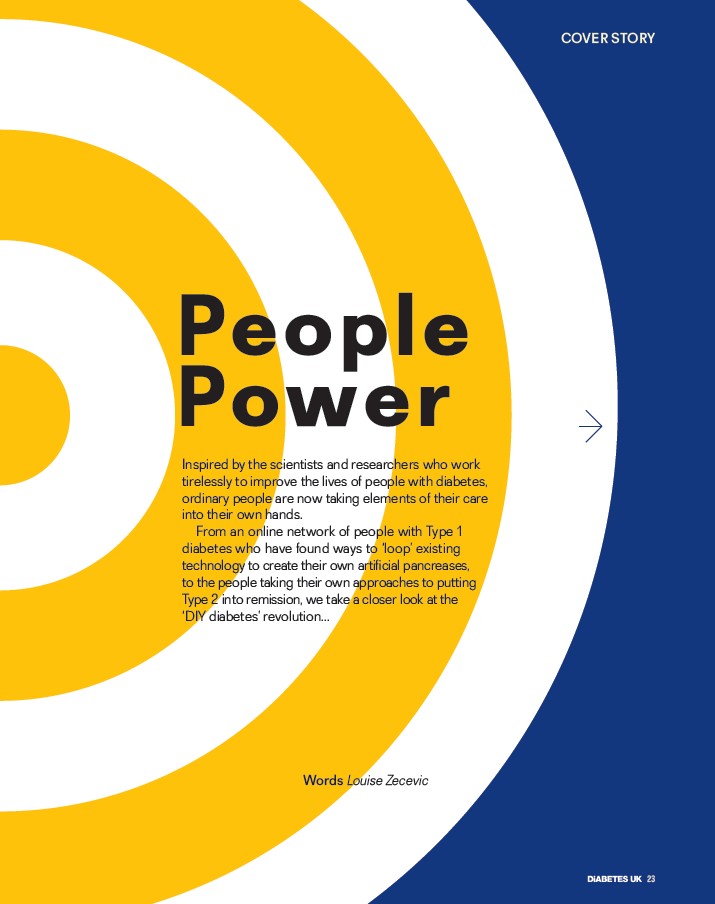

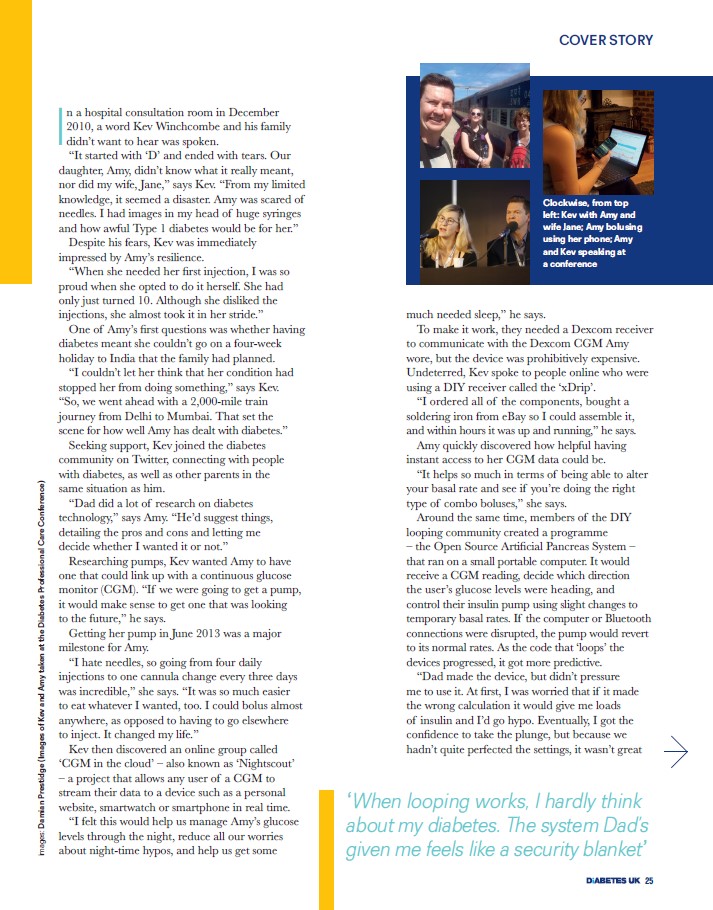
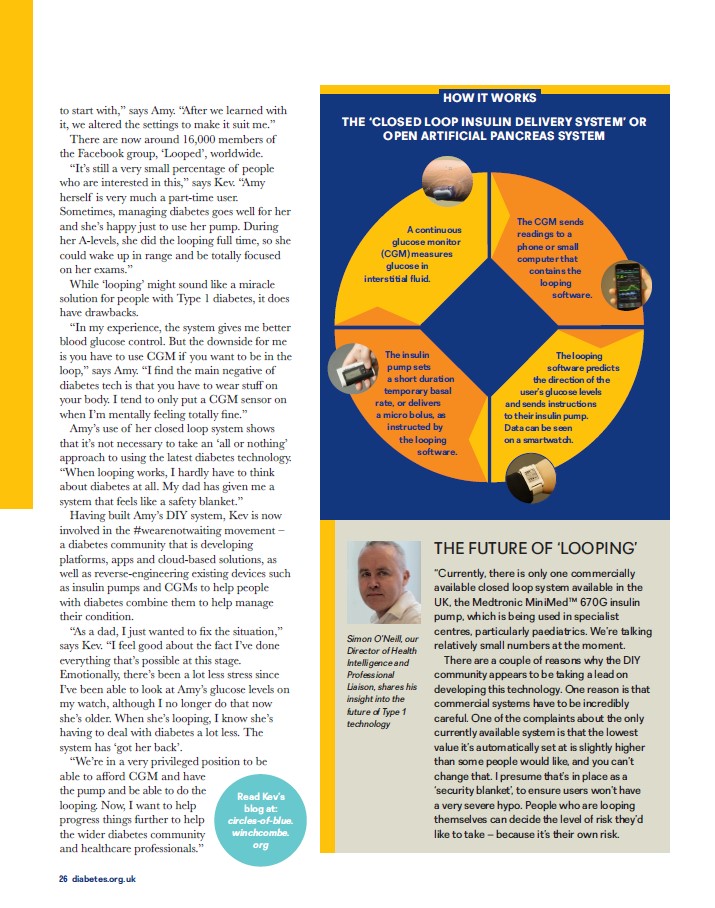
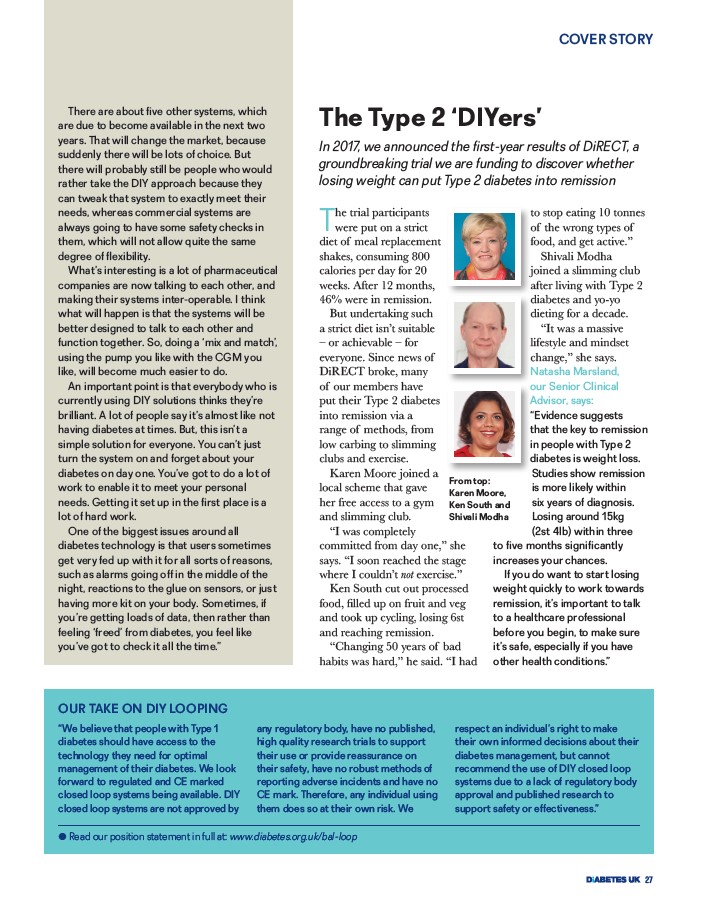


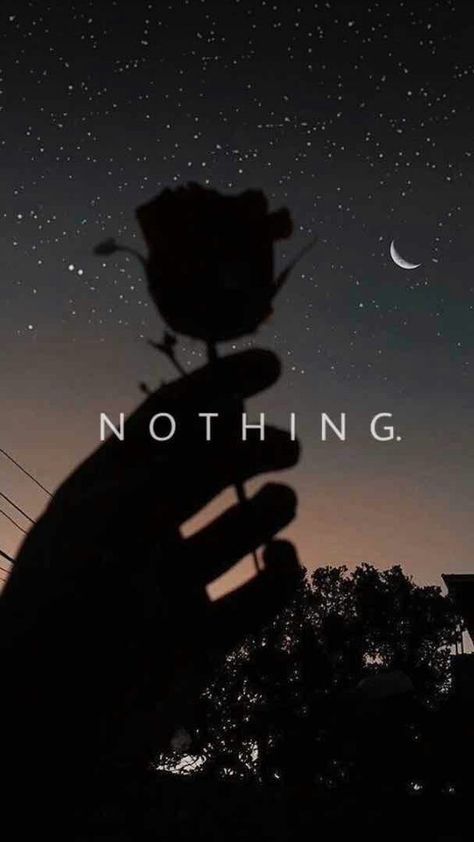 Diabetes sucks.*
Diabetes sucks.*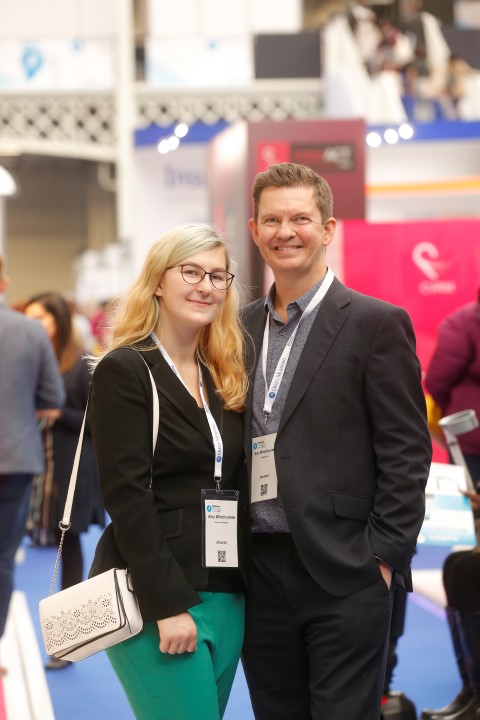 It seems like a long time ago from the
It seems like a long time ago from the 
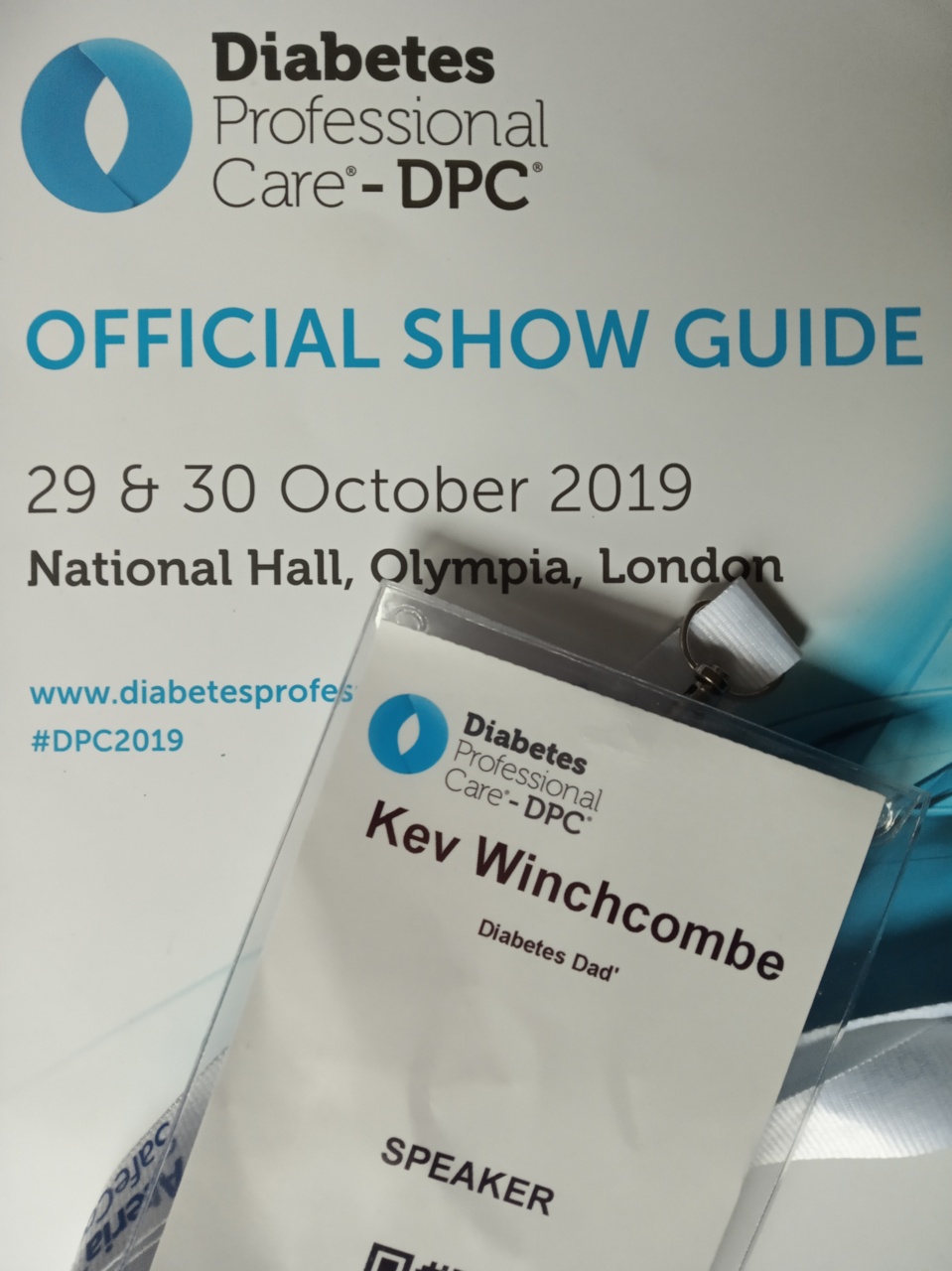
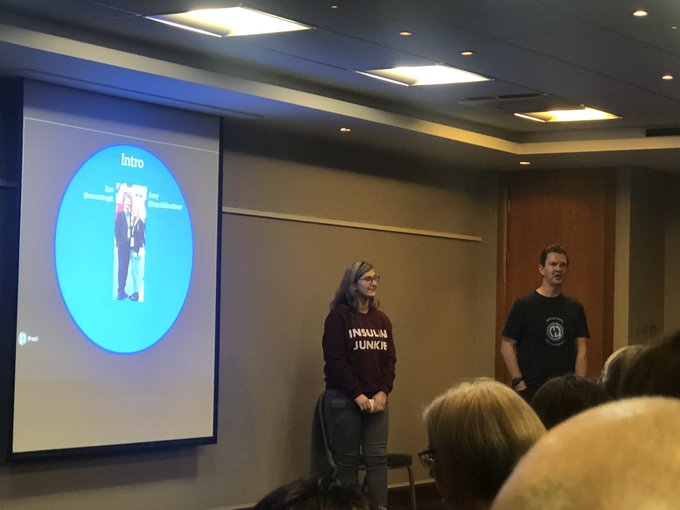
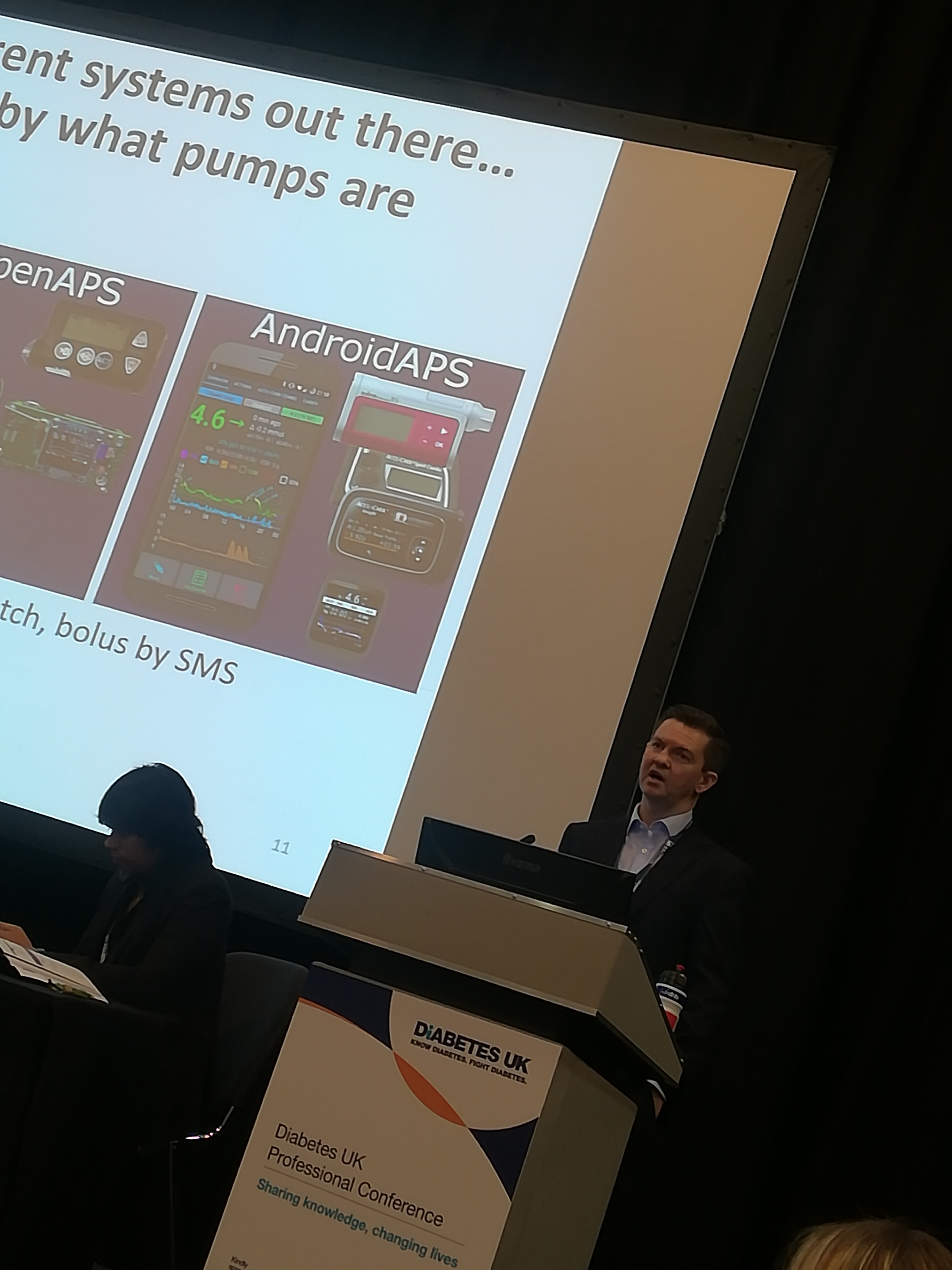
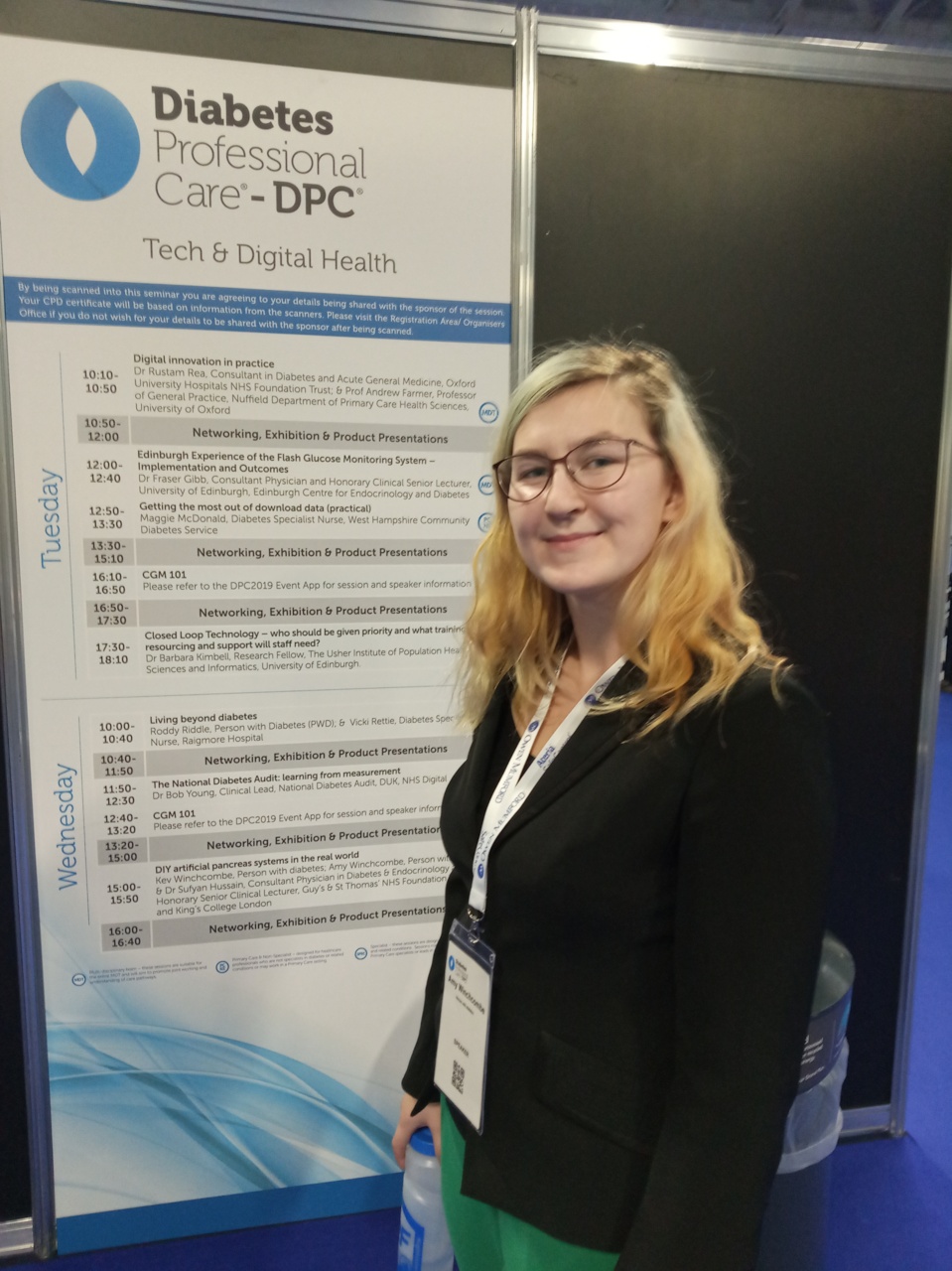
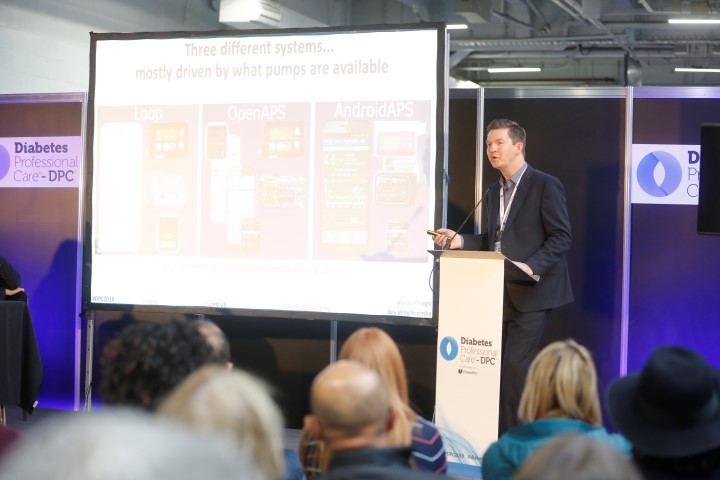
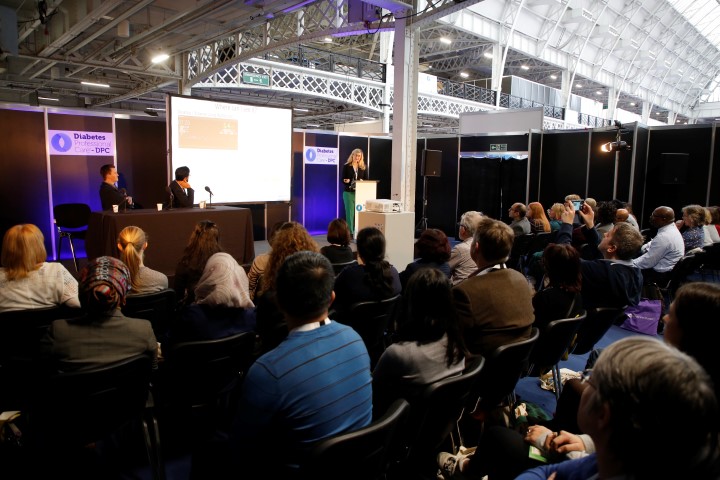

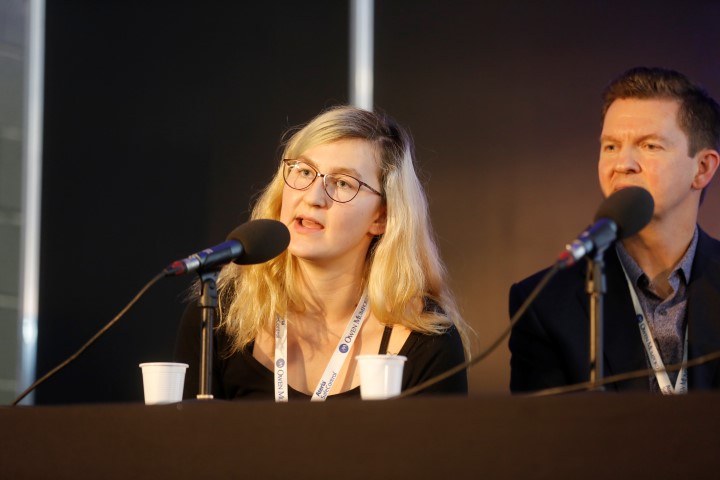
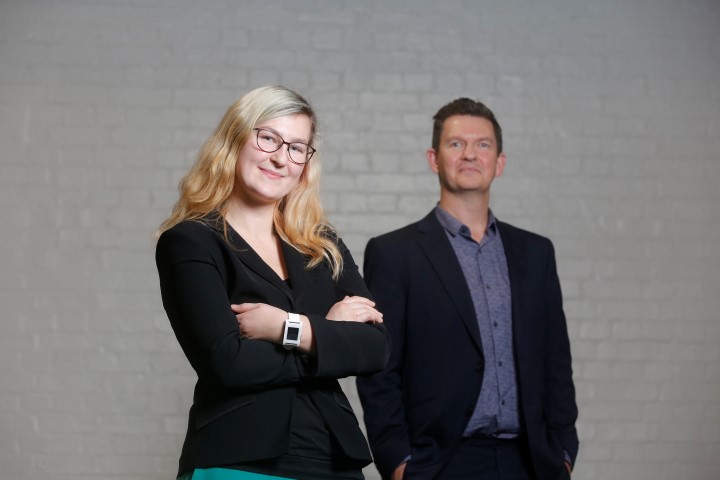
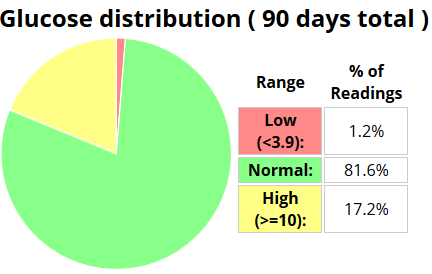 Last night’s clinic appointment was the quickest one ever, not that time is a measure of a successful appointment, but it felt really nice. Normally Amy has great chats and lot of time with her normal Consultant but this time she had a Doctor she’s only seen once, some time ago.
Last night’s clinic appointment was the quickest one ever, not that time is a measure of a successful appointment, but it felt really nice. Normally Amy has great chats and lot of time with her normal Consultant but this time she had a Doctor she’s only seen once, some time ago.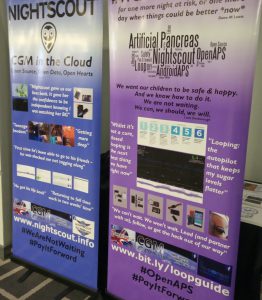 It’s been a year of changing pumps and a year of trying to change pumps.
It’s been a year of changing pumps and a year of trying to change pumps. Amy’s had a few pump changes this year:
Amy’s had a few pump changes this year: In September 2017 we requested to see the DanaR pump, but with a DanaRS due to be released we decided it was be best to wait (!).
In September 2017 we requested to see the DanaR pump, but with a DanaRS due to be released we decided it was be best to wait (!).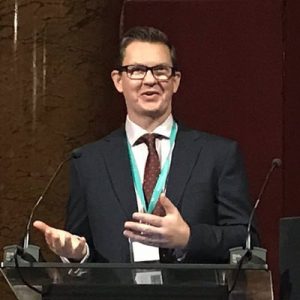 The day after WDD2017
The day after WDD2017 
 It started with Amy and me presenting Nightscout, WeAreNotWaiting and DIY artificial pancreases to the team at Oxford in January and ends (almost) with Amy presenting with Dr Sufyan Hussain at the Diabetes Professional Conference 17 at Olympia this coming Thursday and me lecturing at South Bank university a few days later. I’ve been really pleased to meet so many teams and HCPs who want to know more about what patients are doing and one day, who knows, I might actually feel comfortable presenting. Nightscout UK had a great weekend at the Children With Diabetes Friends for Life conference in October where we used for the first time the roller banners I created. October saw Amy and I attend the QiC Diabetes Awards which I helped judge this year, walking away with a Winners trophy for
It started with Amy and me presenting Nightscout, WeAreNotWaiting and DIY artificial pancreases to the team at Oxford in January and ends (almost) with Amy presenting with Dr Sufyan Hussain at the Diabetes Professional Conference 17 at Olympia this coming Thursday and me lecturing at South Bank university a few days later. I’ve been really pleased to meet so many teams and HCPs who want to know more about what patients are doing and one day, who knows, I might actually feel comfortable presenting. Nightscout UK had a great weekend at the Children With Diabetes Friends for Life conference in October where we used for the first time the roller banners I created. October saw Amy and I attend the QiC Diabetes Awards which I helped judge this year, walking away with a Winners trophy for 
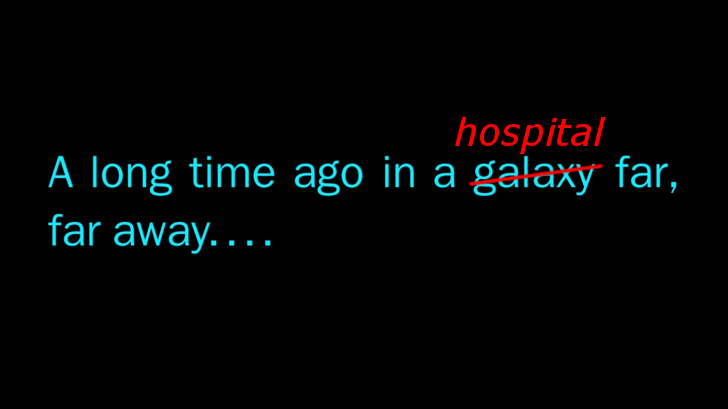 Feelings on diaversary days fluctuate from year to year, a couple of years ago I was
Feelings on diaversary days fluctuate from year to year, a couple of years ago I was 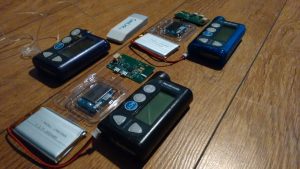 Our collection of components has grown and grown and now contains three insulin pumps, two Intel Edisons, two Explorer boards, two batteries, and an array of other bits.
Our collection of components has grown and grown and now contains three insulin pumps, two Intel Edisons, two Explorer boards, two batteries, and an array of other bits.
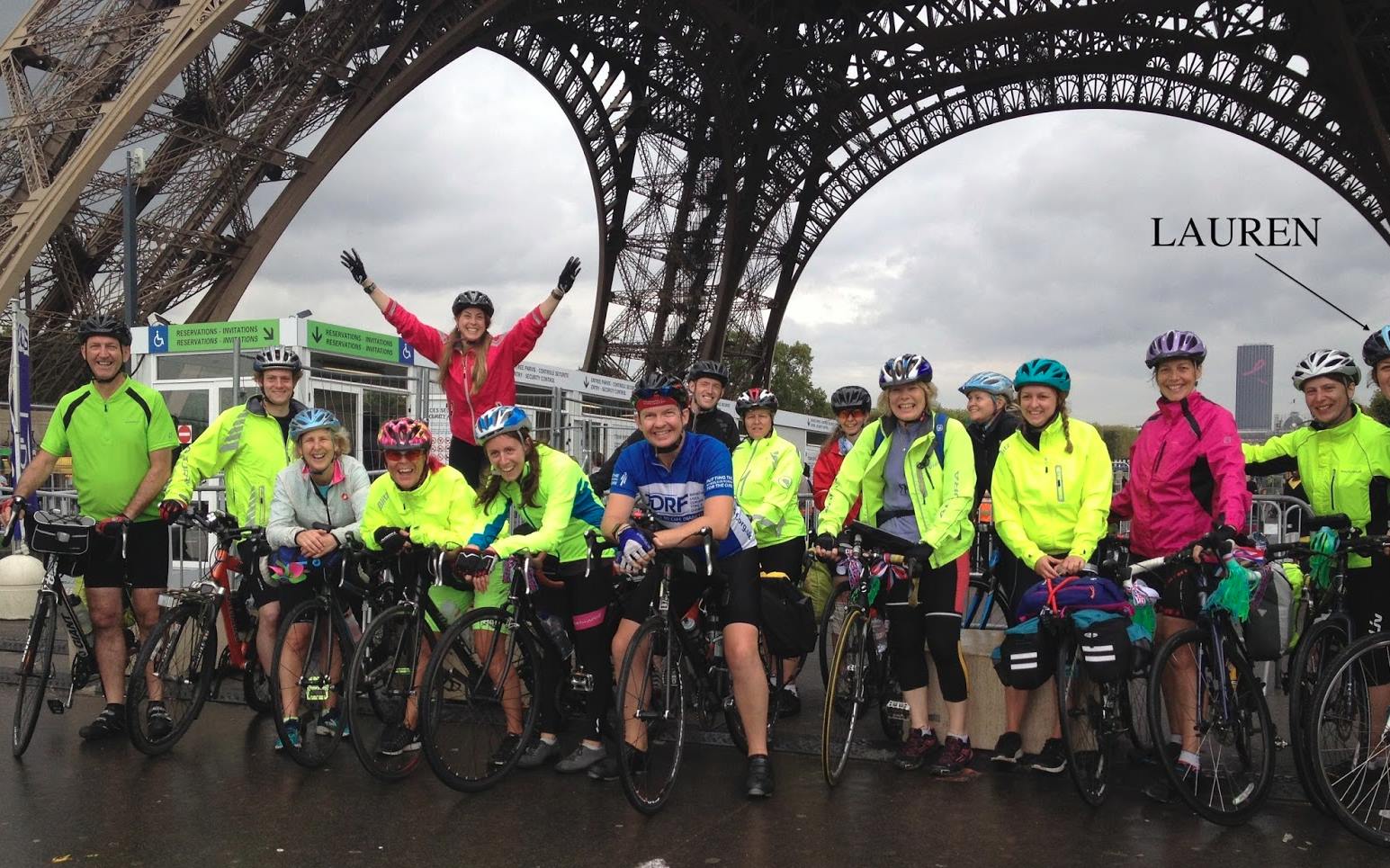 So maybe this blogging was a fad after all, I’ve hardly kept it up-to-date, happy instead to read the blogs of some of the community’s new bloggers, like
So maybe this blogging was a fad after all, I’ve hardly kept it up-to-date, happy instead to read the blogs of some of the community’s new bloggers, like  “No thanks, it’s not really my sort of thing” I said on the phone a few times to Emma, “but if no-one steps forward I’ll do it”.
“No thanks, it’s not really my sort of thing” I said on the phone a few times to Emma, “but if no-one steps forward I’ll do it”.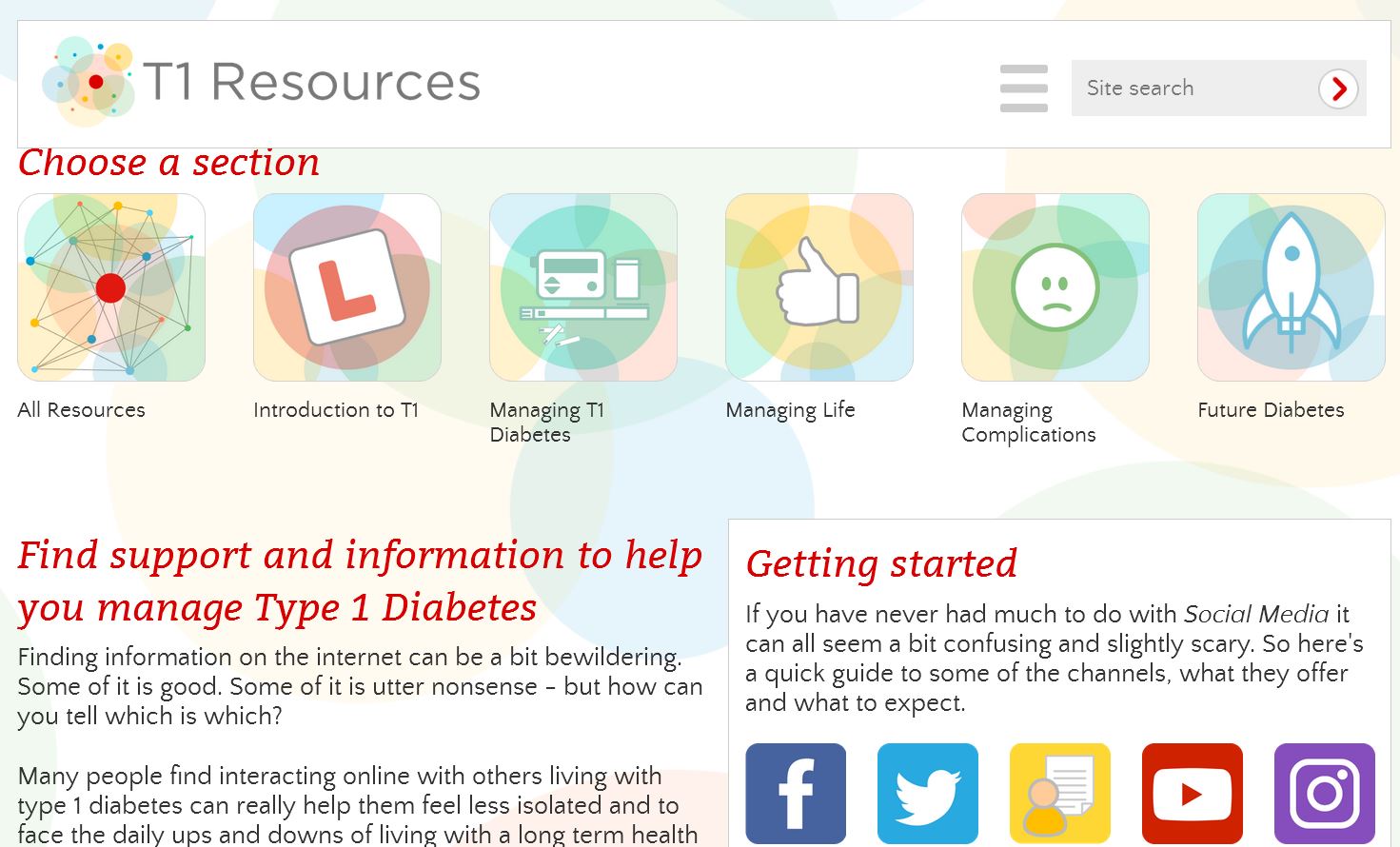
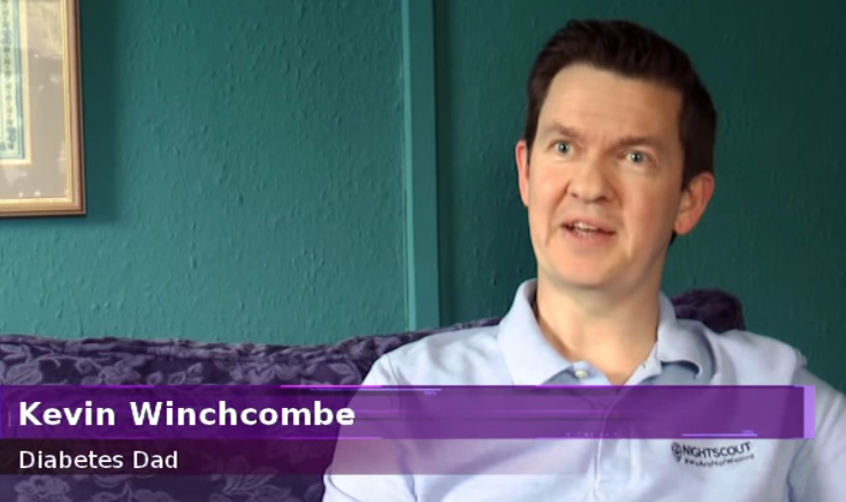 In what seems like a millennium ago I submitted some travel tips to Diabetes UK for their upcoming book
In what seems like a millennium ago I submitted some travel tips to Diabetes UK for their upcoming book  When you’re travelling or going on holiday, double up on the amount of suppplies you need, split them across two bags and ALWAYS keep a hand on them. (Both of our daysacks fell out the back of a Tuk-Tuk in India just before a 15-hour train ride!)”
When you’re travelling or going on holiday, double up on the amount of suppplies you need, split them across two bags and ALWAYS keep a hand on them. (Both of our daysacks fell out the back of a Tuk-Tuk in India just before a 15-hour train ride!)”
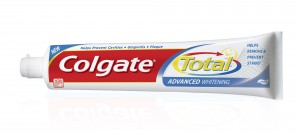
 Was it really four years ago that Jane took Amy to the Doctors to find out what was wrong? Four years since the Doctor took that simple blood test and called us within minutes to tell us to go to hospital? Four years since my daughter found her
Was it really four years ago that Jane took Amy to the Doctors to find out what was wrong? Four years since the Doctor took that simple blood test and called us within minutes to tell us to go to hospital? Four years since my daughter found her